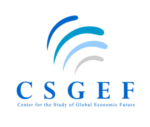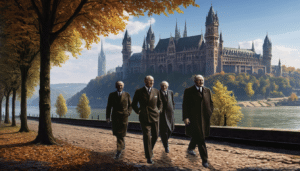South Korea: The Miracle on the Han River & Alternative Futures (1953-1997)
Summary:
This paper is an attempt to decode the South Korean economic miracle, with an objective to create avenues for its replication in full or part in other economies interested to achieve similar unprecedented growth. South Korea’s remarkable economic transformation from a low-income agrarian society in the early 1950s to an advanced economy within five decades is unprecedented globally. This transformation began with structural changes post-liberation from Japanese colonial rule, notably land reforms. Subsequent industrialization and strategic economic policies led to a per capita GDP of approximately USD 11,000, facilitating South Korea’s entry into the OECD. The paper outlines this transformation through five sections, emphasizing leadership, cultural factors, economic planning, and the fundamental economic principles, specifically egalitarian economics and the developmental state model.
Key figures like Lee Han-bin and Chung Ju-young significantly influenced South Korea’s economic landscape, supported by Confucian values that fostered unity and a strong work ethic. Human capital development, aided by U.S. support and universal education, created a skilled workforce. The economic journey involved three stages: Import-Substitution Industrialization, Export-Oriented Industrialization, and Restructuring, with Five-Year Plans guiding the transition. The state’s interventionist role and public-private partnerships were crucial, particularly during President Park’s era. However, the 1980s democratization led to economic instability, culminating in the 1997 financial crisis. Overall, South Korea’s experience offers valuable insights for other economies seeking similar growth trajectories.
Click Below To View The Full Perspective








